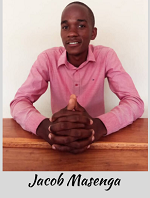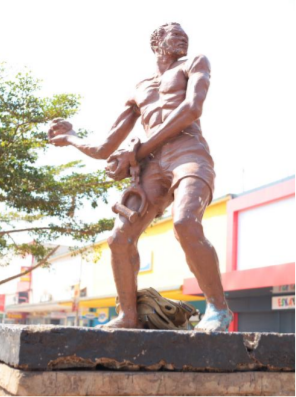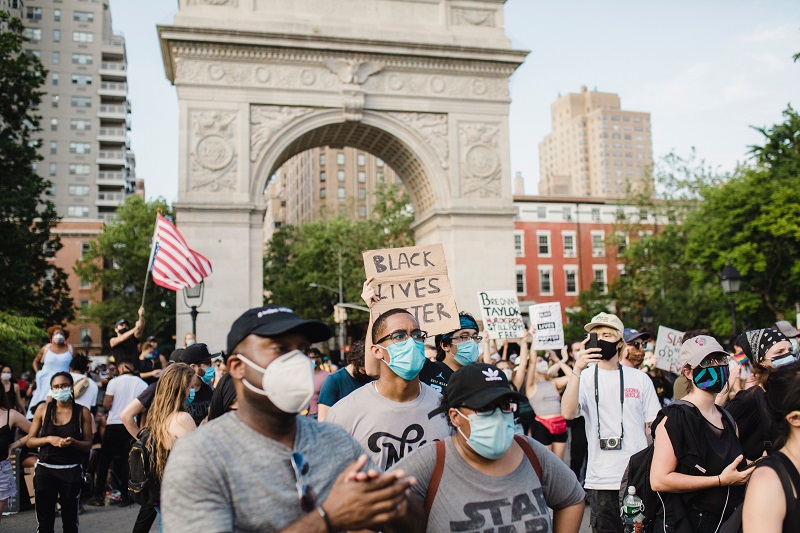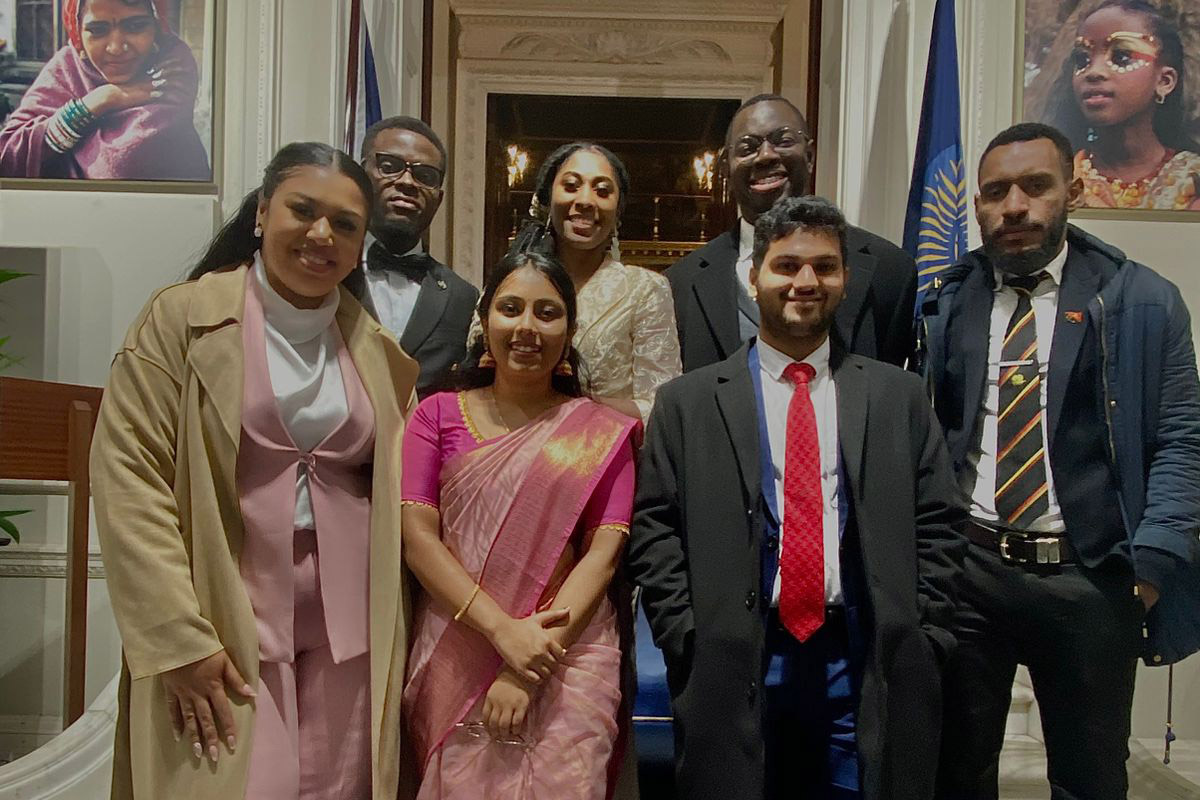Black Lives Matter – history repeats itself
September 16
The Black Lives Matter movement brings back painful memories for many people who lived under racial discrimination during colonial rule in Africa. Commonwealth Correspondent Jacob Masenga from Zambia draws parallels between the issues that led to the current social protests and calls for justice in the United States after the death of George Floyd and the situation in pre-independence Zambia.
The year is 1961. The place–Zambia’s mining town of Kitwe. The United Independence Party (UNIP) has just held a huge rally in Mufulira, a town about 20km from Kitwe. This is the colonial era, and black people are not allowed to mix with whites.
There are restrictive laws like Africans are expected to move with an ID called ‘chitupa’, or women above 18 must carry a marriage certificate, among other harsh rules imposed on the black majority by the minority whites in power.
Kitwe is rife with racial discrimination, and the city is divided into two sections. The ’good areas’ near the main town centre are for whites, while the second class areas far from the town centre are for blacks. Social amenities and shops are segregated, and this has caused bitterness among the black majority.
The UNIP, which is one of the African political parties, has come up with a plan to pressurise the colonial government so that the black Africans from Northern Rhodesia would one day govern the country later to be known as Zambia.
According to an eyewitness, after this rally, the leaders arrange to have lunch at Regent Café, located in Kitwe’s town centre. The café was for the whites only. The UNIP leaders knew that the whites would not allow them into the café and that they would be arrested. But the UNIP leaders were prepared to fight.
The UNIP youths were geared up and carried stones and broken bottles. As the UNIP leaders make their way to the Regent Café, the whites in the café see them approaching. They alert the white police officers who turn up to arrest the blacks. However, this does not deter the protesters, who have come well prepared for confrontation. The youths throw stones at the white police who are outnumbered and run for safety.

The protestors are said to have gathered at the exact location where the ‘Mposa Mabwe’, an elegant historic statue, now stands in Kitwe. It is an echo of what occurred more than five decades ago during the colonial rule.
It depicts a bare-chested man about to hurl a stone in his free right hand. He clutches another stone in his left hand, while a handcuff dangles from his wrist. ‘Mposa Mabwe’ means “stone-thrower” in Bemba, one of Zambia’s main local languages.
Fast forward to 2020. Early this year, after the death of George Floyd in the US, the world witnessed demonstrations to an extent not seen in the last half-century. This led to Black Lives Matter protests from the city of Minneapolis in the US, where George Floyd died, to more than 4,000 locations across all continents.
What are the two similarities between the two movements? Like the ‘Mposa Mabwe’, I believe the Black Lives Matter movement is going to be a prominent feature in our history books. It is in exploring what happened many years ago that we can understand what is happening now.
Although the ‘Mposa Mabwe’ statue is a symbol of protest against discrimination of blacks by colonials from access to social amenities and other rights, it is similar to the Black Lives Matter movement. Both depict protests against racial discrimination.

The two movements also depict unity. As I watched world news on TV, I was surprised at how many people who would have been at work or enjoying themselves chose to go protests or rallies—even in the face of possible infection from COVID-19.
It was a scene of different groups of people from different backgrounds coming together for a common cause. Zambia is ethnically diverse, with 72 tribes. It is not always easy for these tribes to rally around the same issues. But I can imagine the diversity of culture in the ‘Mposa Mabwe Movement’, much like the Black Lives Matter movement.
It was much more than a group of youths hurling stones; it was a picture of people from across the nation who had chosen to put aside their differences and work towards a common goal–freedom.
Main photo by Life Matters from Pexels
Other photos: Correspondent’s own
About me: I’m a young patriotic African and an enthusiast of narrative writing. I believe in changing the narrative of my community. I have keen interest in poetry, storytelling, history, medicine and public health, technology and sustainable development. I’m currently doing my Medical Foundation Program at Cavendish University Zambia, and a member of a Zambian non-governmental organisation Agents of Progress Platform (APP), which aims at mind investment that projects the future in a progressive manner.
……………………………………………………………………………………………………………………………………………………………
Opinions expressed in this article are those of the author and do not necessarily represent the views of the Commonwealth Youth Programme. Articles are published in a spirit of dialogue, respect and understanding. If you disagree, why not submit a response?
To learn more about becoming a Commonwealth Correspondent please visit: http://www.yourcommonwealth.org/submit-articles/commonwealthcorrespondents/
……………………………………………………………………………………………………………………………………………………………




